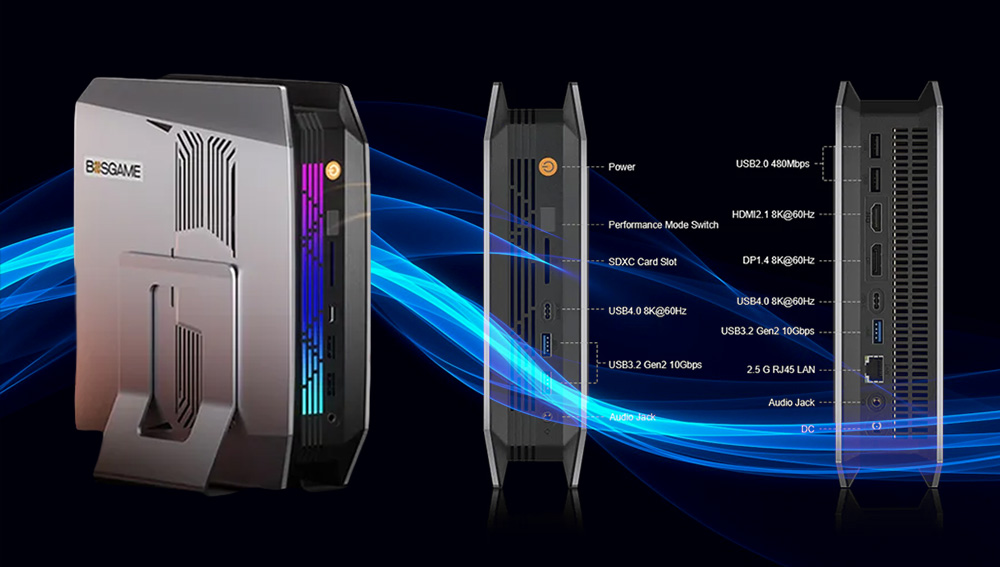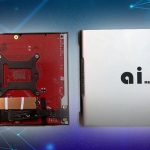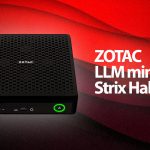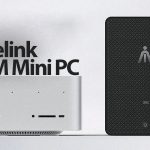128GB RAM, Ryzen AI MAX+, $1699 — Bosman Undercuts All Other Local LLM Mini-PCs

The landscape for accessible, high-memory hardware tailored for local Large Language Model (LLM) inference is witnessing an intriguing development. A lesser-known manufacturer, Bosman, has unveiled its M5 AI Mini-PC, promising AMD’s potent Ryzen AI MAX+ 395 “Strix Halo” APU paired with a substantial 128GB of LPDDR5X memory, all reportedly carrying a promotional price tag of $1699. This aggressive pricing could significantly alter the cost-benefit analysis for enthusiasts aiming to run demanding quantized models on-premises.
Core Hardware
At the heart of the Bosman M5 AI lies the flagship AMD Ryzen AI MAX+ 395 APU. This chip integrates 16 high-performance Zen 5 CPU cores alongside the Radeon 8060S graphics engine, which is powered by 40 RDNA 3.5 Compute Units. For users focused on local LLMs, the most compelling specification is the inclusion of 128GB of LPDDR5X memory, clocked at a brisk 8533 MHz. Bosman also states the system will include 2TB of PCIe Gen 4 SSD storage.
While the core Strix Halo specifications are becoming a familiar baseline for this emerging class of mini-PCs, the M5’s $1699 introductory price (reportedly down from $2699) distinguishes it from many initial offerings that have been clustered around or above the $2000 threshold.
Unified Memory
AMD’s Strix Halo architecture offers a distinct advantage for local LLM deployment: its capacity to allocate a large segment of fast system memory directly to the integrated GPU. With 128GB of LPDDR5X available, users can expect to dedicate a significant portion as VRAM – up to 96GB in Windows or a more expansive 110GB in Linux distributions. This massive memory pool is critical for enthusiasts wanting to load larger quantized models, such as 70-billion parameter variants like Llama-3-70B-Instruct-IQ4_XS, entirely into the GPU’s addressable memory.
Doing so circumvents the substantial performance penalties associated with offloading parts of the model to slower system RAM or, worse, NVMe storage during inference.
Memory Bandwidth
While ample VRAM is crucial for accommodating LLM parameters, memory bandwidth remains the linchpin for token generation speed and prompt processing efficiency. The Ryzen AI MAX+ 395 APU, as specified for the Bosman M5, utilizes a 256-bit wide LPDDR5X memory interface. Bosman’s claim of pairing this with 8533 MHz LPDDR5X memory is notable, as it would theoretically deliver approximately 273 GB/s of peak bandwidth.
This figure edges out the ~256 GB/s typically quoted for Strix Halo systems configured with more common 8000 MHz RAM, potentially giving the M5 a slight edge in raw throughput, at least on paper. While this modest ~17 GB/s bandwidth differential could translate to a slight improvement in inference performance, any real-world gains in tokens-per-second are expected to be minimal.
Importantly, this potential advantage is contingent on Bosman actually delivering systems with this higher-specification memory; it’s not uncommon in early product announcements for manufacturers to cite optimal speeds, with launch units sometimes defaulting to more readily available or stable configurations, as has been seen with other Strix Halo announcements that initially mentioned 8533 MHz but later clarified or shipped with 8000 MHz modules.
The Growing Field of Strix Halo Mini-PCs
The Bosman M5 AI steps into an increasingly active market segment. We’ve seen similar Strix Halo-based mini-PC announcements from Beelink with its GTR9 Pro AI (expected around $1800 for a 128GB configuration), FAVM with the FX-EX9 (notable for its OCuLink inclusion), and GMKtec’s EVO-X2 (priced nearer to $2000). Zotac is also anticipated to enter this space with its Magnus EA series. If the Bosman M5’s $1699 price materializes and the product meets expectations, it would currently represent the most competitively priced 128GB Strix Halo system.
I/O, Cautions & Rebrand Clues
Bosman details a comprehensive I/O suite for the M5 AI, featuring dual USB4 Type-C ports, three USB 3.2 Gen2 Type-A ports, two USB 2.0 ports, a full-size SD 4.0 card reader, and a 2.5Gbps Ethernet port. This selection should adequately address most users’ peripheral and high-speed networking requirements.
However, prospective buyers should approach this offering with a degree of scrutiny. Bosman is not a widely recognized brand in many Western markets. Furthermore, the product listing currently provides limited detailed information regarding the chassis design, lacks extensive real-world product photography, and, as of now, independent third-party reviews specifically for the Bosman M5 AI are unavailable.
Keen observers of the mini-PC market may also note a striking resemblance to existing models; the specified port layout, overall system specifications, and even the general product render bear a strong similarity to the GMKtec EVO-X2, suggesting the Bosman M5 AI could be a rebranded version of that Strix Halo system.
The company states that shipping is anticipated to commence on June 10th. While the availability of PayPal as a payment option offers a layer of buyer protection, exercising thorough due diligence is strongly advised when considering pre-orders, particularly from newer or less established vendors for hardware investments of this nature, even if the underlying hardware appears to be a known quantity under a different label.
Initial Perspective
The Bosman M5 AI Mini-PC, with its compelling on-paper specifications and aggressive $1699 pricing for an AMD Ryzen AI MAX+ 395 system with 128GB of LPDDR5X, certainly catches the eye. It has the potential to lower the barrier to entry for enthusiasts seeking substantial memory capacity for local LLM work in a compact footprint. The platform’s strength lies in its large, configurable VRAM, though raw inference speed will be moderated by its ~256 GB/s memory bandwidth. If Bosman delivers on its promises regarding specification, price, and availability, the M5 AI could become a significant option for budget-conscious users. However, validation through independent testing and early adopter experiences will be key to understanding its true value proposition.





All this talk of fitting huge models is fine, but if it runs them at 2 tokens/second, it’s practically unusable for me. Some early reports for similar Strix Halo systems show pretty low speeds on demanding models. Is there a real market for something that can technically load a 100GB model but then crawls through inference? Seems like you’d be better off with a faster setup for smaller models or just using an API.
The ‘usability’ threshold is definitely personal. A consistent 2 t/s on a very large model would indeed be frustrating for interactive chat. However, early benchmarks for 70B_q4 models on Strix Halo are more in the 5-9 t/s range, which, while not blazing, is workable for many. Furthermore, for tasks like document summarization, code generation from large contexts, or RAG where prompt processing is key (and where future NPU optimization might help), the sheer VRAM capacity is enabling. It’s not trying to be a 4090 replacement for raw speed on smaller models; it’s about making larger model inference accessible locally without multi-thousand-dollar, power-hungry dedicated AI hardware. For some, that accessibility at ‘functional’ speeds is the main draw, especially compared to per-token API costs over time